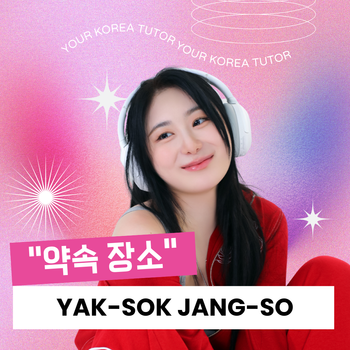A country on everyone's dream travel destination list, a country that has given us one of the most influential music industries in the world, a country that is dominating world culture - it is none other than South Korea. It is no surprise, therefore, that South Korea is also ahead in terms of accessibility.
Accessibility refers to the design and implementation of products, services, environments, and facilities that can be used by everyone, regardless of their abilities or disabilities. It ensures that people with disabilities can perceive, understand, navigate, and interact with the world around them effectively. This can include physical accessibility, such as wheelchair ramps and braille signage, as well as digital accessibility, which involves designing websites and software to be usable by people with various disabilities, such as visual or hearing impairments. Overall, accessibility aims to create an inclusive society where everyone can participate fully and equally.
According to a recent report by South Korea's Health Ministry, up to 2.65 million people out of the 51.71 million population of South Korea are registered as having some form of disability. 54.3% of people registered as people with disabilities were found to be aged 65 or older. 35.3% of people with disabilities mentioned needing help in their daily lives, among whom 62.3% said that they were receiving such help. This number has gone up 7.4% from 2020.
In addition, 35.2% of people with disabilities answered that they were experiencing difficulties in using public transportation. However, this percentage has
Enjoy full access for just $1
Join over 10,000 active members!
🌟 Special Contents for Subscribers












